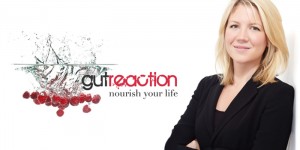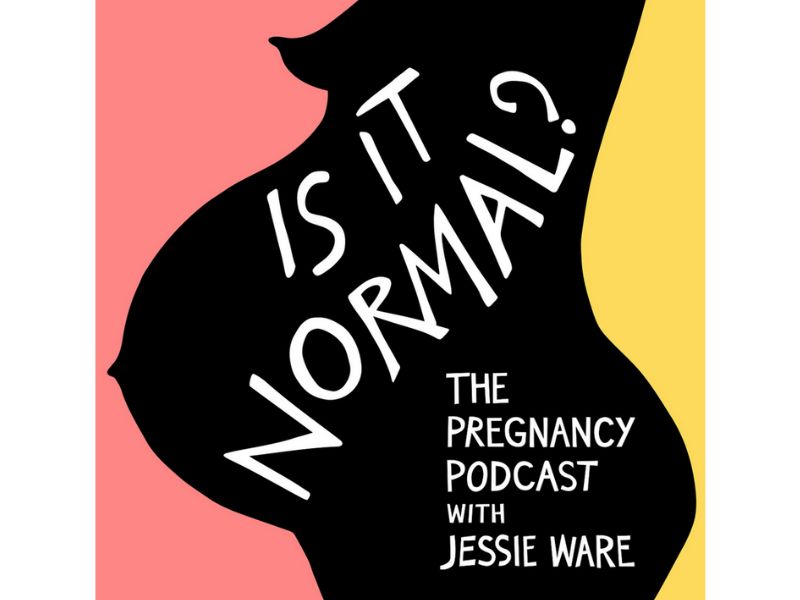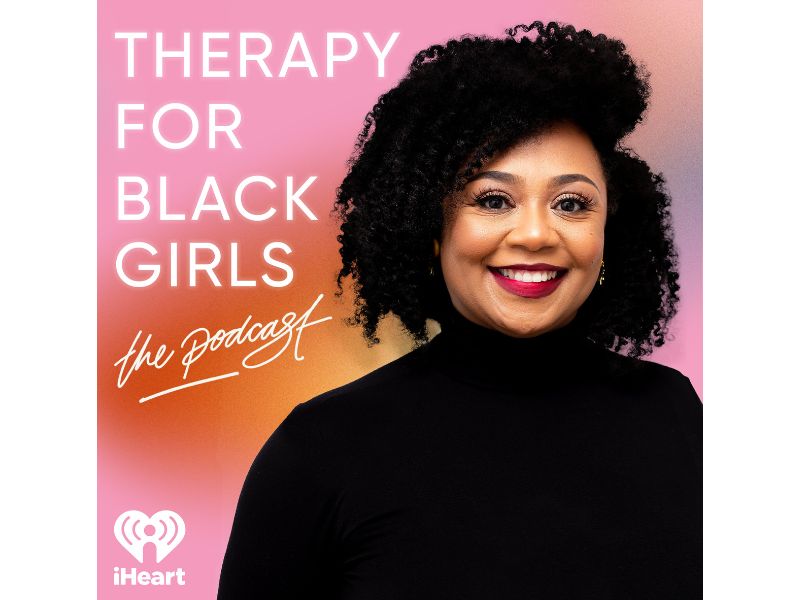 Usually when we talk about dietary sugar, this isn’t only a reference to the stuff we put in coffee or tea (sucrose) – but to a whole family of simple carbohydrate molecules characterised by their sweet taste.
Usually when we talk about dietary sugar, this isn’t only a reference to the stuff we put in coffee or tea (sucrose) – but to a whole family of simple carbohydrate molecules characterised by their sweet taste.
These simple carbohydrates are molecules comprising one or two sugars. Whilst they share some common characteristics, different sugars act differently in the body and their impact on your health may differ.
Here is the low-down on a few:
Glucose
Glucose is a monosaccharide, the simplest form of carbohydrate. Most of our dietary carbohydrates become glucose when the body digests them – this includes some of the other simple sugars and complex carbohydrates such as starches, the long chains of sugar found in starchy vegetables, grains and legumes. When we talk about blood sugar we’re talking about glucose.
Fructose
Fructose is also a monosaccharide. When found in natural whole food sources such as whole fruits, vegetables, grains, nuts, seeds and proteins, it is delivered alongside other sugars, fibre and a range of nutrients, which affect its digestion and absorption. The intake of naturally occurring fructose from an unprocessed diet is relatively low – although once fruits have been processed, canned or dried, this changes or concentrates the sugar content.
High fructose corn syrup
This is the sugar that gives all other sugars a really bad name. HFCS is comprised of a refined form of fructose combined with glucose for a super quick delivery system into the blood stream. You find it in soft drinks, sweets and nearly every processed or ‘fake food’ found in a packet.
With HFCS, the glucose content will raise blood sugar and the high fructose content, whilst not actually raising blood sugar, will favour fat formation and is linked to obesity. The high amount of fructose can also fail to stimulate the production of the hormone leptin which gives the brain the ‘I’m full’ signals – so it’s also dangerous territory for over-eating.
What about honey?
Honey was probably the first naturally occurring sweetener that we added to food and drink. However, back then we probably didn’t eat it very often at all. Honey is one to watch because it combines high quantities of fructose and glucose. It’s a treat but, depending on your overall sugar load, it may be best not to make a habit of adding dollops to your toast, yoghurt or porridge regularly.
Hungry for more? Get in touch with Sarah.
 Author:
Author:
Sarah Grant – nutrition coach and owner of Gut Reaction. She is a qualified nutritional therapist, who aims to help people make sense of nutrition and work with people one-on-one to help them find a route to healthy eating that fits in with their lifestyle – and makes them feel great!
Twitter: http://twitter.com/gutreaction1 @gutreaction1
Linked In: http://www.linkedin.com/pub/sarah-grant/8/726/1a5








